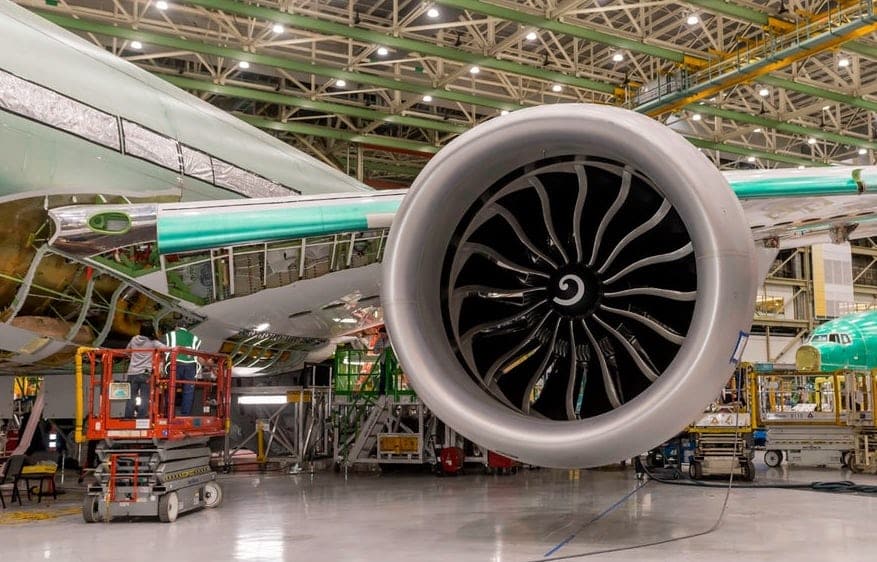The Russian state-supported Advanced Research Foundation (FPI) and the Federal State Unification Enterprise (VIAM) conducted the first flight test of its 3D printed MGTD-20 gas turbine engine.
The electric motor was evaluated on a light unmanned aerial vehicle (UAV), which was launched over the Kazan Bash Aviation Center in the Republic of Tastan about 500 miles east of Moscow. According to reports, the use of 3D printing to manufacture vehicles has a speed of 154 km/h, which reduces the cost by half and makes its manufacturing speed 20 times faster than traditional methods. After the successful test flight, the organizers of the project are developing a series of small 3D printed turbine engines, and its production is scheduled to start between 2021 and 2022.
Take-off for the Russian 3D printed engine
The joint venture established by FPI and VIAM in November 2015 aims to develop “new generation materials” for 3D printing aircraft and rocket engines. Within the framework of this project, a government-supported group has deployed selective laser sintering (SLS) production technology to manufacture a prototype MGTD-20 gas turbine engine.
Utilizing its high-impact custom-designed metal powder, VIAM 3D printed turbines are reported to be 20% stronger than turbines produced using existing materials. VIAM also provides a series of synthesis technology, heat treatment, and post-treatment solutions to optimize the process and reduce its construction time.
The final engine was tested on a drone with a wingspan of 3 meters designed by the Russian security company JSC NPO OKB im. M.P. Simonov. The vehicle weighs 40 kg (including a 10 kg electric motor), successfully took off and reached a maximum altitude of 170 meters with 20 kg thrust. The turbine itself runs at a working speed of 58,000 rpm and reaches a maximum engine speed of 101,600 rpm.
After completing the test flight, the flight tester used the autopilot to track the set waypoint, and the drone landed and restored to its original state without any damage. After evaluating the performance of MGTD-20, FPI and VIAM are now testing small gas turbine engines with thrust levels of 10, 20, 125, and 150 kgf for industrial applications. The MGTD-10, 20 and 125 turbines have undergone durability testing, and the goal is to put them into mass production by 2022.

3D printed motors in the aerospace industry
In the US aerospace industry, aerospace companies tend to use full 3D printing engines to launch satellites into orbit. That being said, GE Aviation, a multinational jet engine manufacturer, has recently established partnerships with multiple airlines to integrate printed components into its aircraft engines.
GE Additives and GE Aviation cooperated with the US Air Force to 3D print the pool cover for the F110 jet engine used on both F-15 and F-16 aircraft. This broader project aims to improve military preparedness and reduce risks in the spare parts supply chain.
Aircraft manufacturer Boeing also cooperated with GE Aviation to complete the first flight of a 777X jet with dual GE9X engines. Boeing is built using more than 300 3D printed parts. It has now conducted 72 flight tests on GE9X and plans to put it into use in 2021.
British multinational manufacturer GKN Aerospace also cooperated with American aerospace manufacturer Pratt & Whitney to deploy 3D printing. Printed with fan box mounting rings and fan gaskets used in Pratt & Whitney’s PW1500G and PW1900G engines to reduce CO2 emissions during production.

